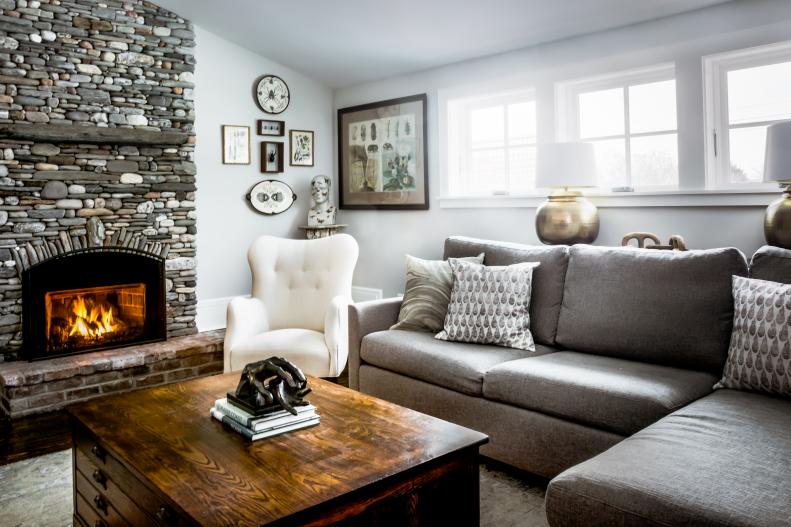1 / 20
Photo: Justin Levesque.
From:
Landing Design.
Wingback Chair
Introduced in 17th Century England, the high back and curved sides of wingback chairs were designed to protect the occupant from drafts while curled up fireside. Today, wingback chairs are incredibly versatile. No longer relegated to hearthside use, they fit needs throughout the home – captain's chairs in the dining room or a cozy reading nook in the bedroom. Here, a comfortable gray sectional pairs with an updated wingback chair for a cozy gathering space.









